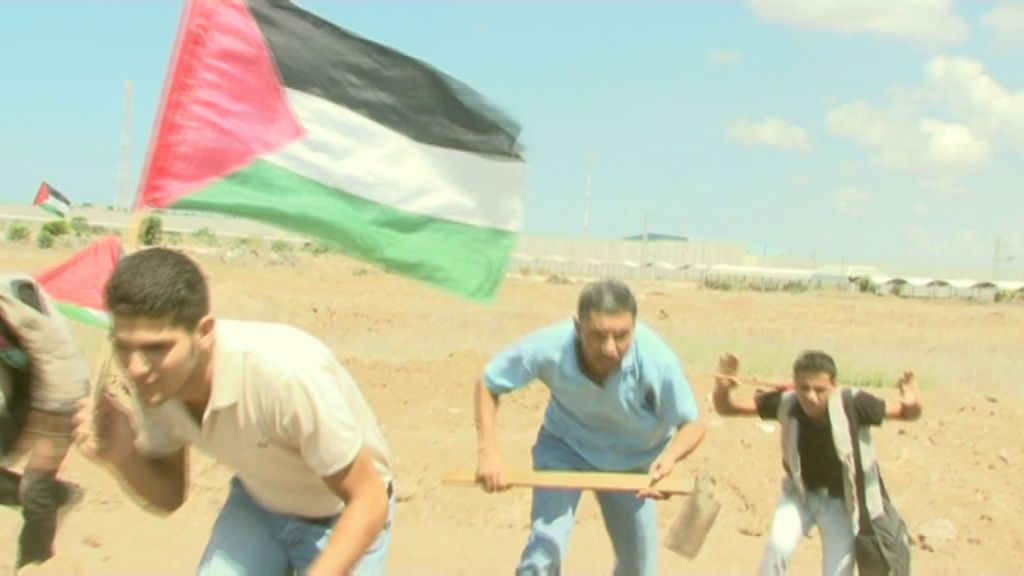Tag: Video
-
Gaza deaths protest comes under heavy live fire from Israeli snipers
15 September 2010 | ISM Gaza Over 100 rounds of live ammunition were fired at peaceful protesters in a Tuesday demonstration in the Gaza strip. The protest at the Erez border area near Beit Hanoun yesterday included Palestinian activists from the Local Initiative group, local residents and 4 members of the International Solidarity Movement who…
-
A ghost town beckons? Old City in Hebron under threat
10 September 2010 | ISM Media During the month of Ramadan the Israeli army used various tactics to repress protest and intimidate the population of the Old City in Hebron, which illegal Israeli settlers are seeking to ethnically cleanse When, on August 10th 2010, the Israeli Army invaded the Old City in Hebron and closed…
-
Criminalization of peaceful protest continues: More arrests at weekly demonstrations
23 August 2010 | ISM Media Bil’in The weekly demonstration in the village of Bil’in this week saw protesters draw attention to the recently published photos of the abuse of Palestinian prisoners by the Israeli army. A handful of the protesters blindfolded and handcuffed themselves to draw attention to the mistreatment of prisoners and marched…

